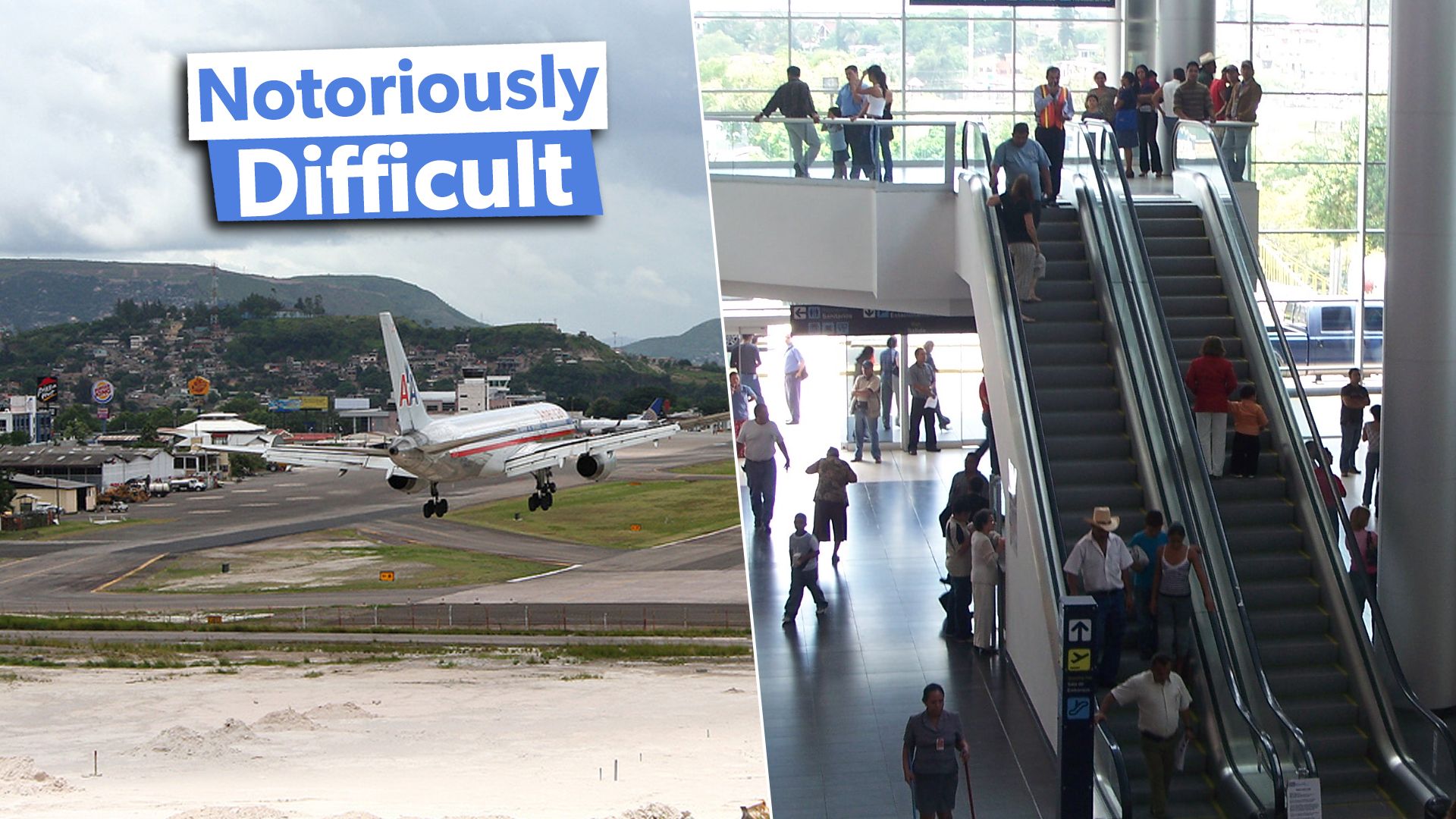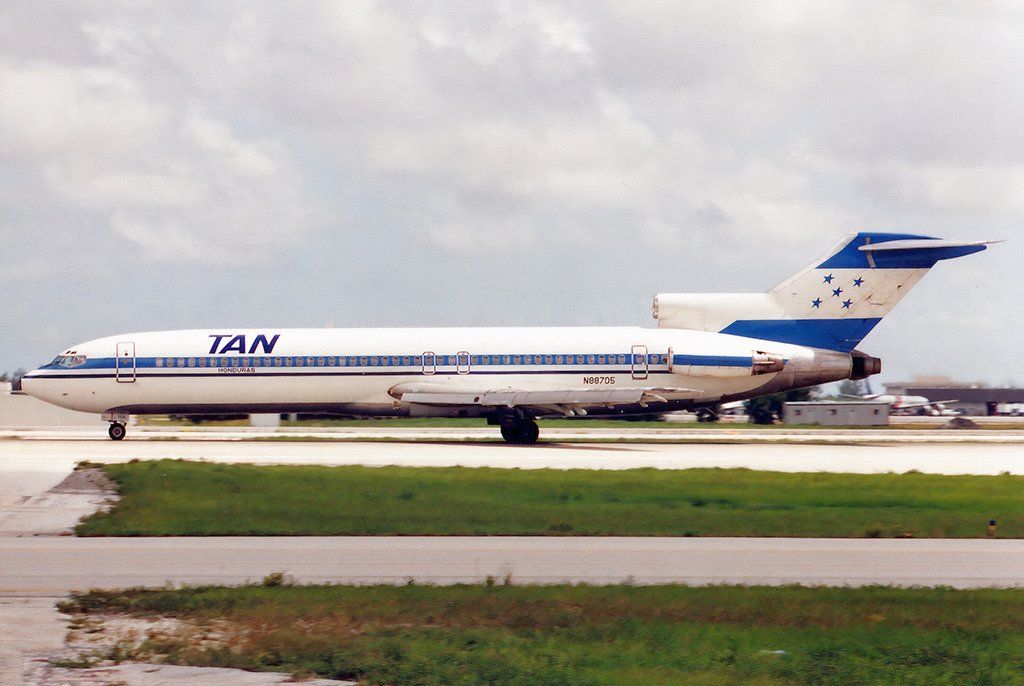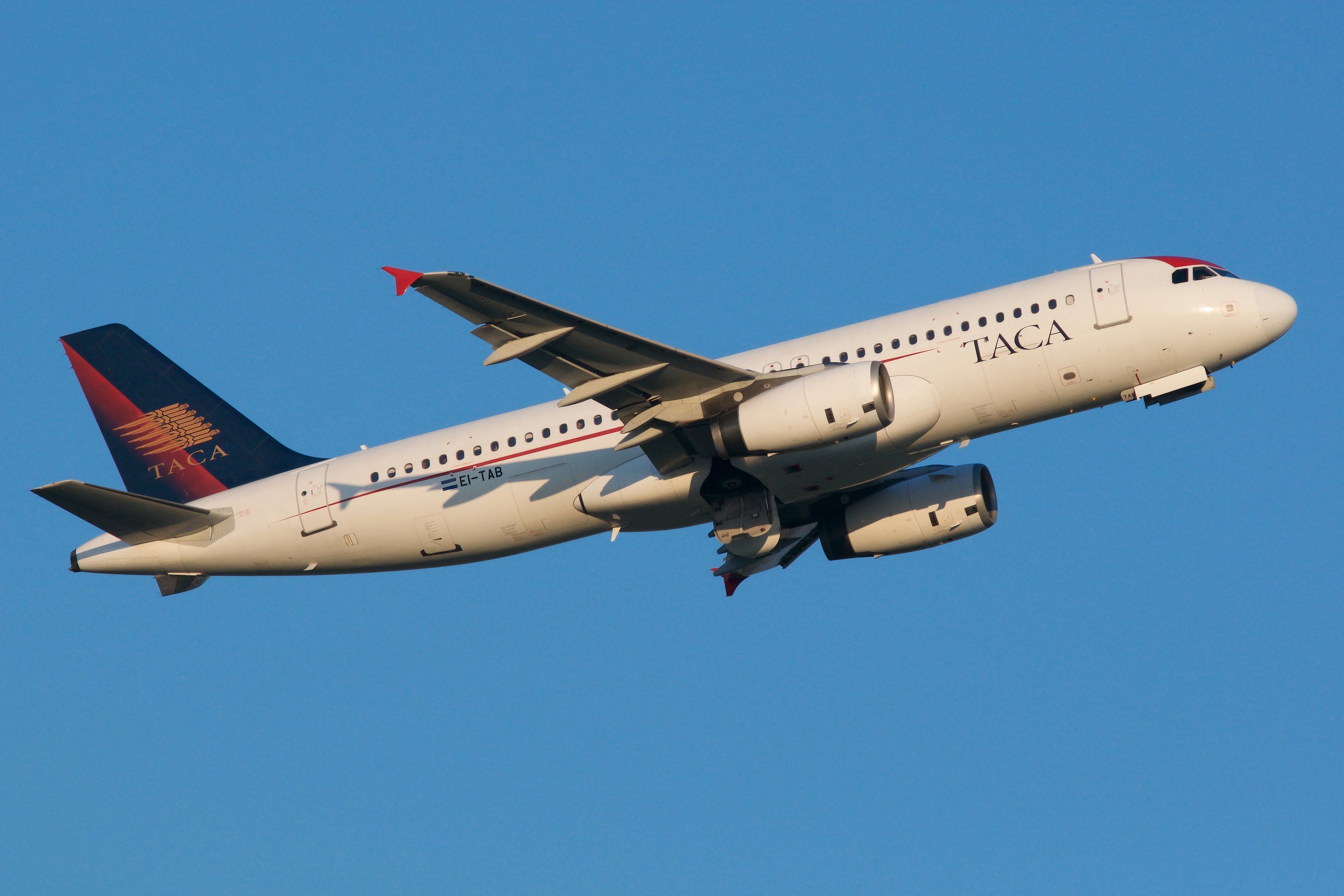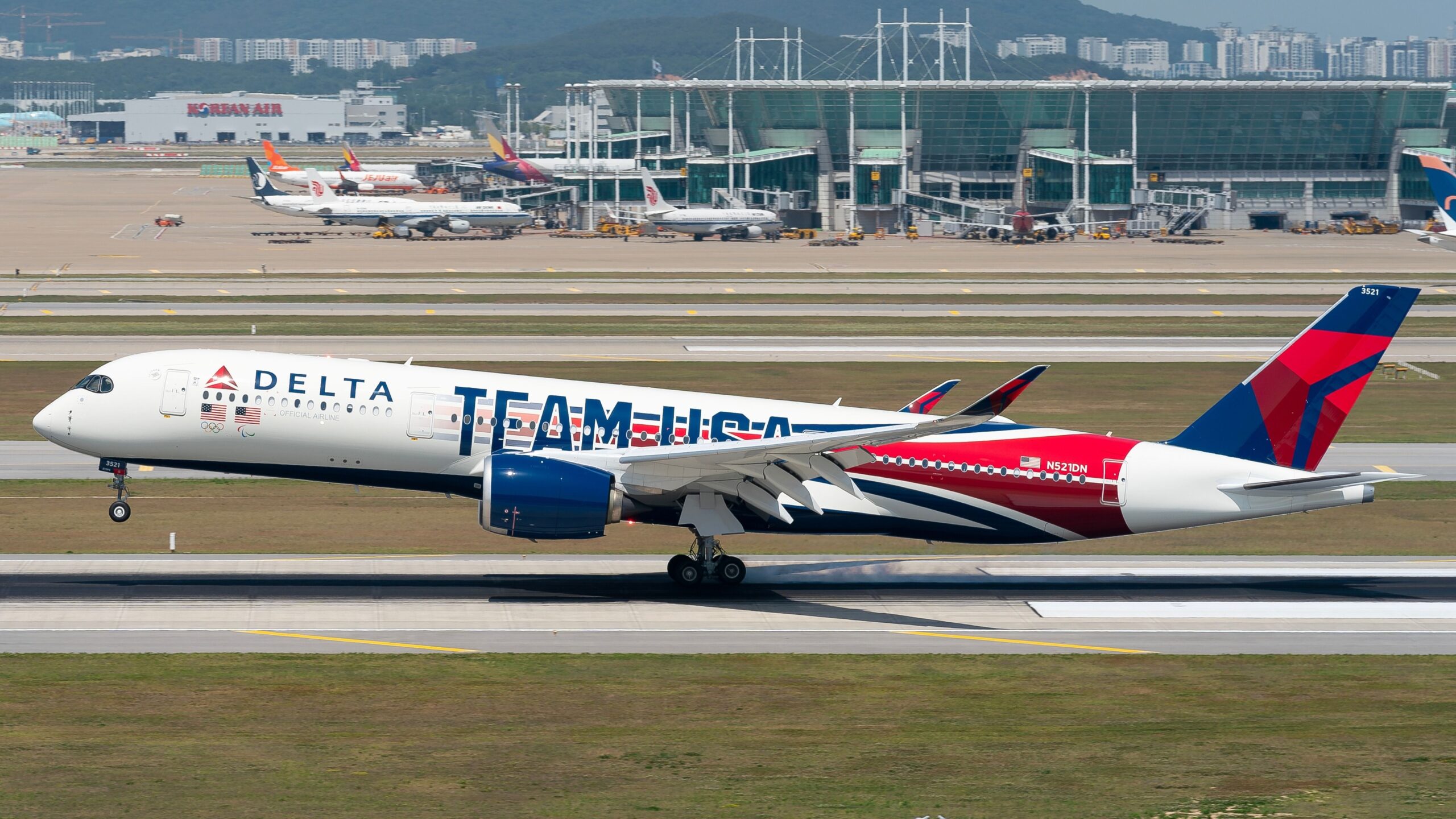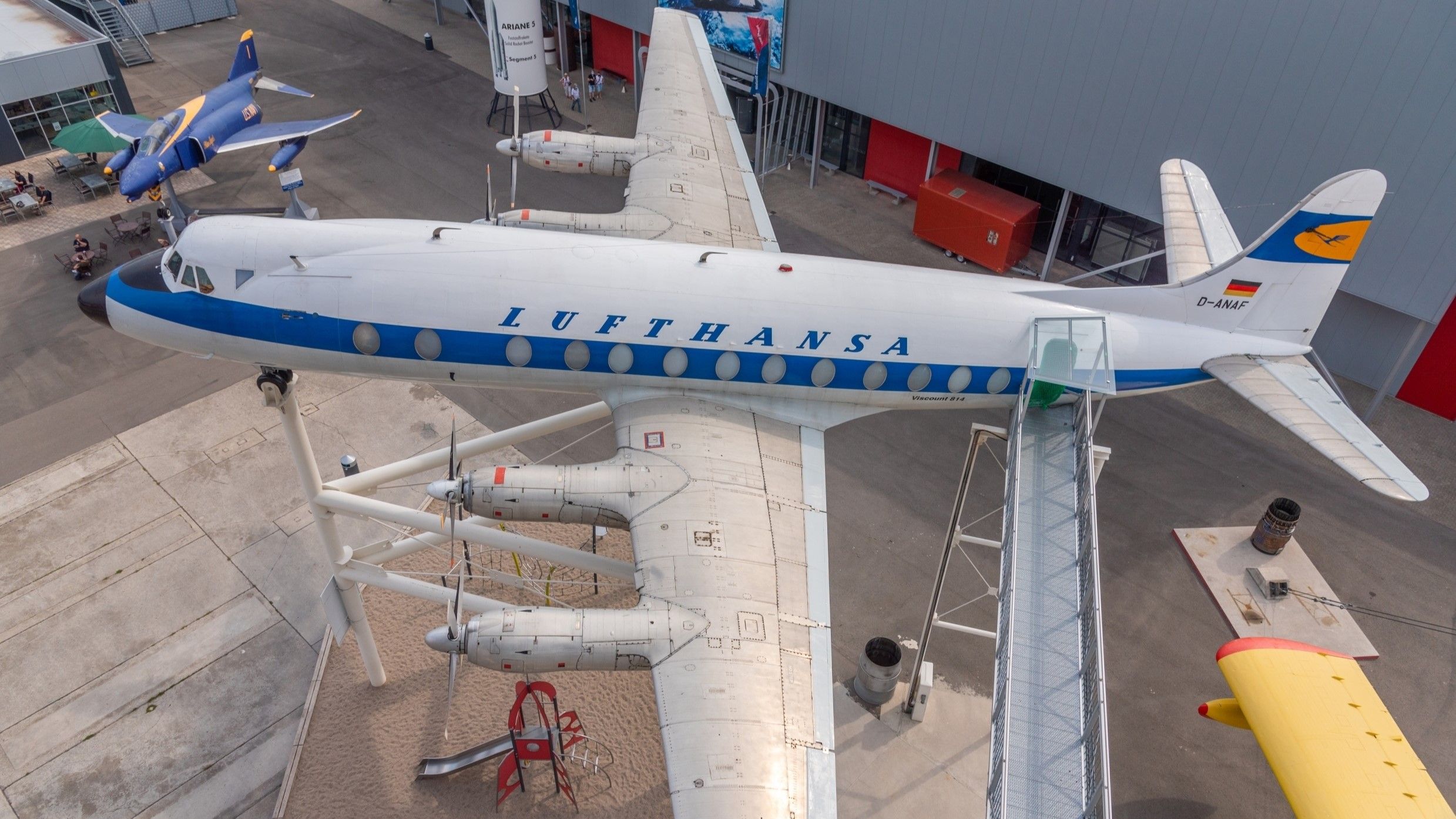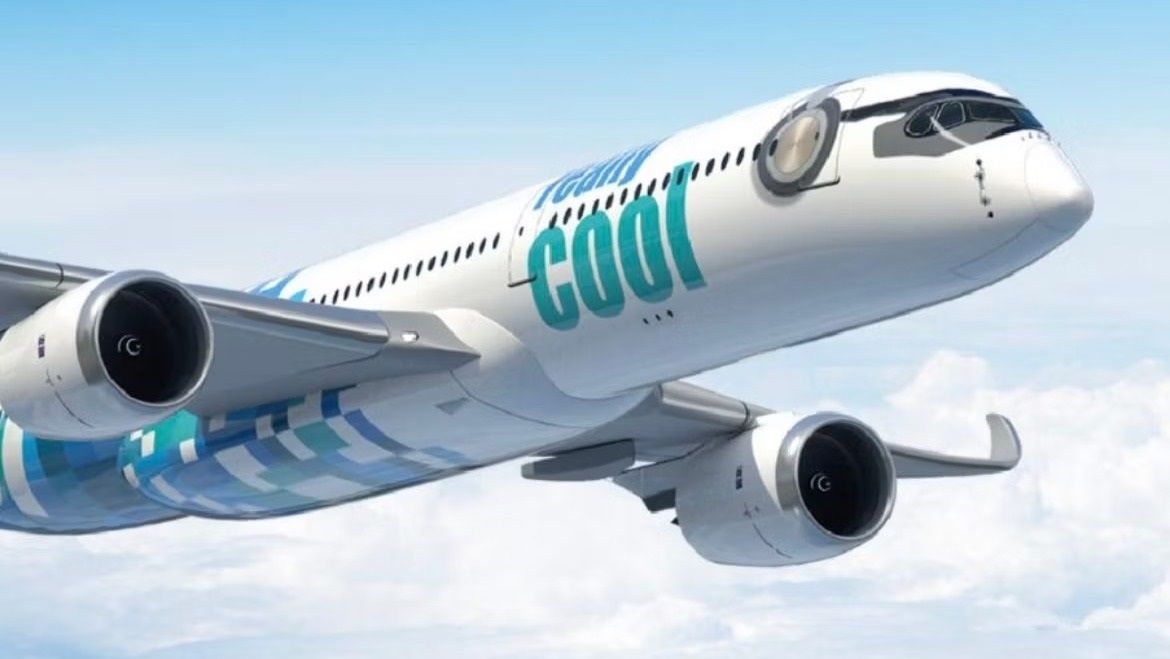Summary
- TGU’s challenging conditions lead to numerous landings in bad weather due to a short runway.
- TAN-SAHSA Flight & TACA Flight 390 accidents highlight the risks and history of crashes.
- Investigations reveal pilot errors from wrong landings, resulting in aircraft overruns & accidents.
Serving the Honduran capital of Tegucigalpa, Toncontín International Airport (TGU) is considered the second most extreme airport in the world after Tenzing-Hillary Airport (LUA) in Nepal. As the leading international gateway for the 9.5 million people of Central American nations, Toncontín International Airport (TGU) was vital to the country’s economy.
Set in a residential neighborhood surrounded by mountains, the approach to the airport’s short 7,096-foot-long runway is highly challenging to pilots because they must make a dramatic 45-degree turn just minutes before landing. Also, because the airport is 3,307 feet above sea level, the thin air requires pilots to use more of the runway during landings and takeoffs.
TGU has a short runway and a dangerous approach
With a history of numerous accidents when landing at Toncontín International Airport (TGU), locals pray before and applaud the pilots loudly when safely on the ground. When landing in bad weather, the risk of crashing is increased further, and locals know that they need to have luck on their side, as countless planes have crashed, including a Boeing 727-200 that crashed into a mountain, killing 131 passengers and crew in 1989.
Since then, at least ten more aircraft have crashed in or around the airport, with the most recent incident occurring on May 22, 2018. The plane, a chartered Gulfstream G200 jet flying from Texas to Honduras, overran the runway and ended up in a ditch. Despite the aircraft splitting in half, none of the crew and passengers died.
TAN-SAHSA Flight 414
On the morning of October 21, 1989, TAN-SAHSA Flight 414 crashed into a mountain after the pilots failed to follow special landing procedures at Toncontín International Airport (TGU). The aircraft involved in the incident was a 21-year-old Boeing 727-200 that TAN-SAHSA had leased from Continental Airliners.
TAN-SAHSA Flight 414 was a regularly scheduled flight from Juan Santamaría International Airport (SJO) in San Jose, Costa Rica, to Toncontín International Airport (TGU), with a stopover in Managua, Nicaragua, at Augusto C. Sandino Airport (MGA). in charge of the flight was 34-year-old Captain Raúl Argueta and assisted by 26-year-old First Officer Reiniero Canales and Flight Engineer Marco Figueroa.
As the aircraft approached Toncontín International Airport (TGU), air traffic control (ATC) cleared the flight to make a VOR/DME approach to runway 01. Due to the airport’s location, pilots are instructed to make a three-step approach starting at an altitude of 7,500 feet. Rather than making the approach in the prescribed step-down procedure, the pilots made a continuous approach from 11 miles out.
Suddenly, without any warning, the plane flew into Cerro de Hula volcano, impacting the mountain at an altitude of 4,800 feet, 800 feet below the summit. The aircraft broke into three sections, of which only the first class section of the plane had any survivors due to the plane’s angle of attack at the impact point. While the captain, first officer, engineer, and 15 passengers survived, the remaining 131 people aboard died and were burnt beyond recognition.
TACA Flight 390
On May 30, 2008, a TACA Airlines Airbus A320-200 overran the runway at Toncontín International Airport (TGU) before stopping on a busy street. TACA Flight 390 was a regularly scheduled flight from San Salvador, El Salvador, to Miami, Florida, with stops in Tegucigalpa and San Pedro Sula in Honduras.
Salvadoran Captain Cesare Edoardo D’Antonio Mena, 40, was in charge of the flight, assisted by 26-year-old First Officer Juan Rodolfo Artero Arevalo. Both men were experienced pilots, with Captain D’Antonio having 11,899 flight hours, of which 8,514 were on the Airbus A320. First Officer Artero had 1,607 flight hours, of which 250 were on the Airbus A320. Both pilots were also familiar with the procedures for landing at Toncontín International Airport (TGU), with the Captain having landed there 52 times and the First Officer five times.
The pilots activated the spoilers and reverse thrust as the plane touched down on Runway 02 at 09:40 local time. The aircraft overshot the runway at 62 mph, stopping on a road near the airport. Of the 124 passengers and crew, five people died, including Captain D’Antonio.
As per the Convention on International Civil Aviation, an investigation into the crash was carried out by the Civil Aviation Authority of El Salvador. The accident concluded that several factors were involved, which were:
- The runway was wet after the passing of Tropical Storm Alma.
- At the time of landing, there was a 14 mph tailwind.
- The plane was near its maximum landing weight limit as it was full of fuel needed for the onward flight to Miami.
- The single runway at Toncontín International Airport (TGU) lacked the grooving required to displace water.
- The aircraft landed at 180 miles an hour.
The final report into the incident concluded that pilot error was to blame as the crew failed to assess the conditions at the airport following the passing of the tropical storm.
Officials later acknowledged that the runway at Toncontín International Airport (TGU) was too short for large commercial jets and transferred all
jet traffic to a nearby military air force base.
Comayagua International Airport (XPL)
In 2016, the Honduran government announced that it would build a new civilian airport with an 8,009-foot runway at Soto Cano Air Base to improve safety. Comayagua International Airport (XPL) opened in October 2021 and is the main airport for the capital city of Tegucigalpa. Airlines serving the airport include:
- American Airlines with flights to Miami
- Avianca with flights to Bogotá
- Avianca El Salvador with flights to San Salvador
- Avianca Guatemala with flights to Guatemala City
- CM Airlines with flights to the Honduran island of Roatan
- Copa Airlines with flights to Panama City and Tocumen
- Spirit Airlines with flights to Fort Lauderdale
- United Airlines with flights to Houston–Intercontinental
Starting on November 20, 2024, Spanish-Portuguese charter airline
Iberojet will connect Tegucigalpa with flights to Barcelona and Madrid.

